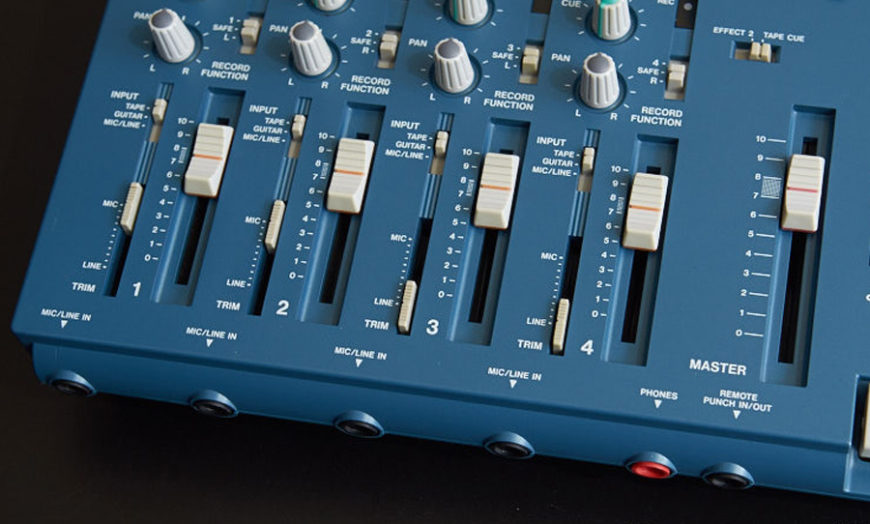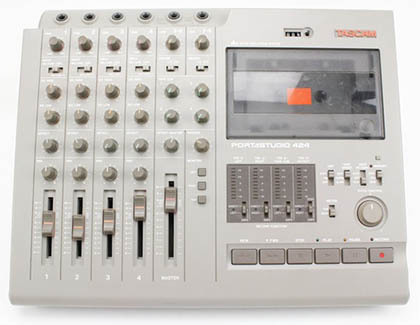

The cheapest way to record with analog is with multitrack audiocassette machines from the 1990s. And the tapes you use must be high-quality or your recordings will be awful. When you run out of tapes, your only option is to record over what you recorded before, or buy new tapes. The cost involved is the recording unit itself, and the tapes.


Recording with analog always costs more than digital You will first record with analog, mix down with analog, and then after sending the audio to the computer you'll do basic digital mastering (sounds complicated but it's not) so you can share out your music on the internet.ģ. The one you'll be doing here in the method I'll show below is AAD. A ton of money went into their studio recording processes back in the day.

Trivia: Megadeth was one of the first big metal acts to record DDD in the 1990s. And you will also never see an A on the end, because if you record and mix digitally, mastering with analog doesn't do any good at that point. In some rare instances you may see ADD, but that doesn't happen often because to this day studios prefer analog mixing boards over digital because it offers more finite control. AAD means "Analog Recording, Analog Mixdown, Digital Mastering", DAD is "Digital Recording, Analog Mixdown, Digital Mastering" and DDD is "Digital Recording, Digital Mixdown, Digital Mastering". If you've ever looked at an old CD jacket from the 1990s, you may see AAD, DAD or DDD somewhere on the back. The easiest way to share out your music is via the internet, and for that to happen, a digital copy of your music must be made. Digital at some point is always involved later in the process But don't let it get you down because you can take care of it on the digital side later with some noise filters using the free Audacity software.Ģ. When you record to tape, the hissing will happen. Now before continuing, when you dive into the world of no-computer analog recording, there are a few things you have to know right up front.


 0 kommentar(er)
0 kommentar(er)
